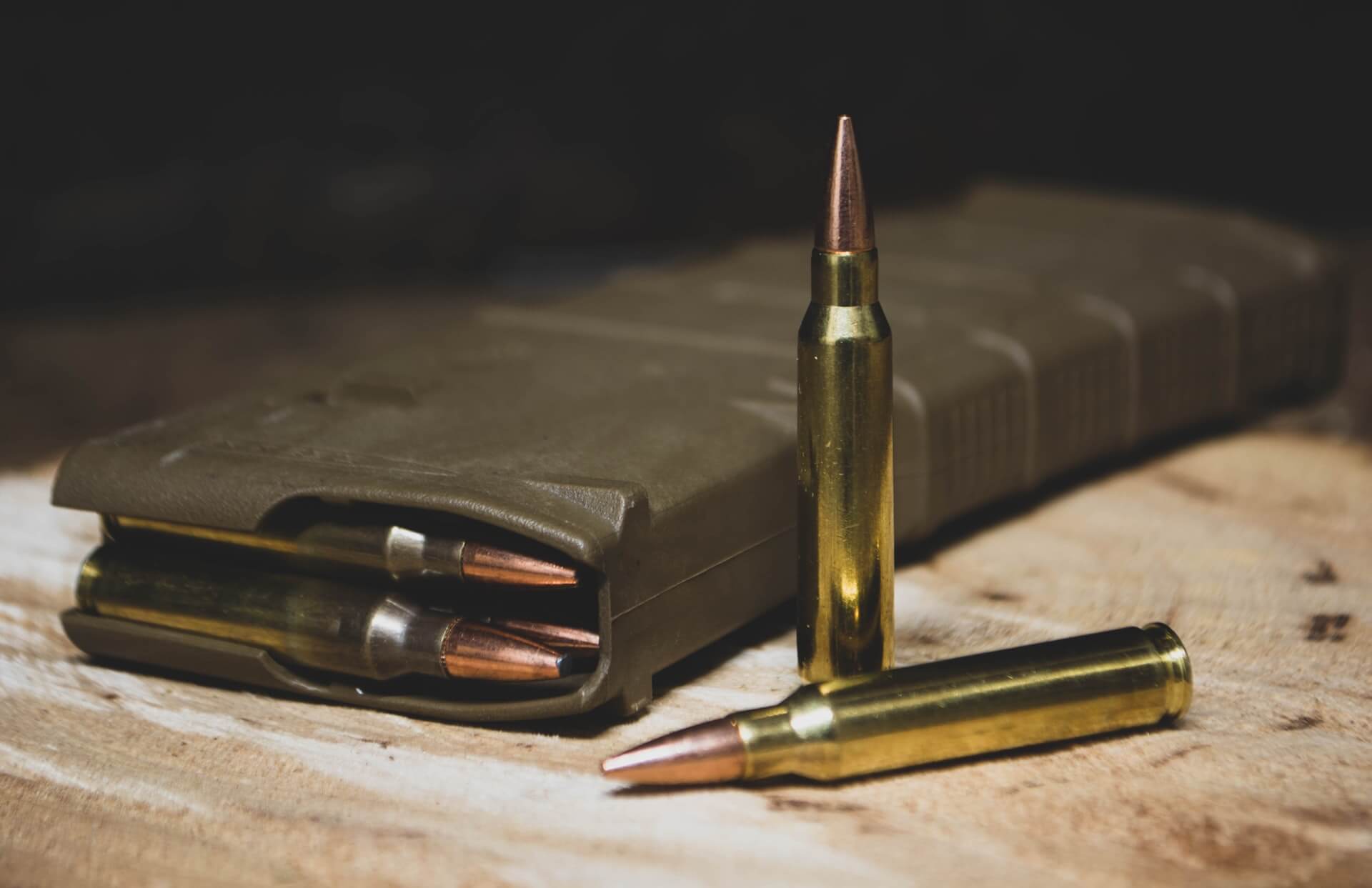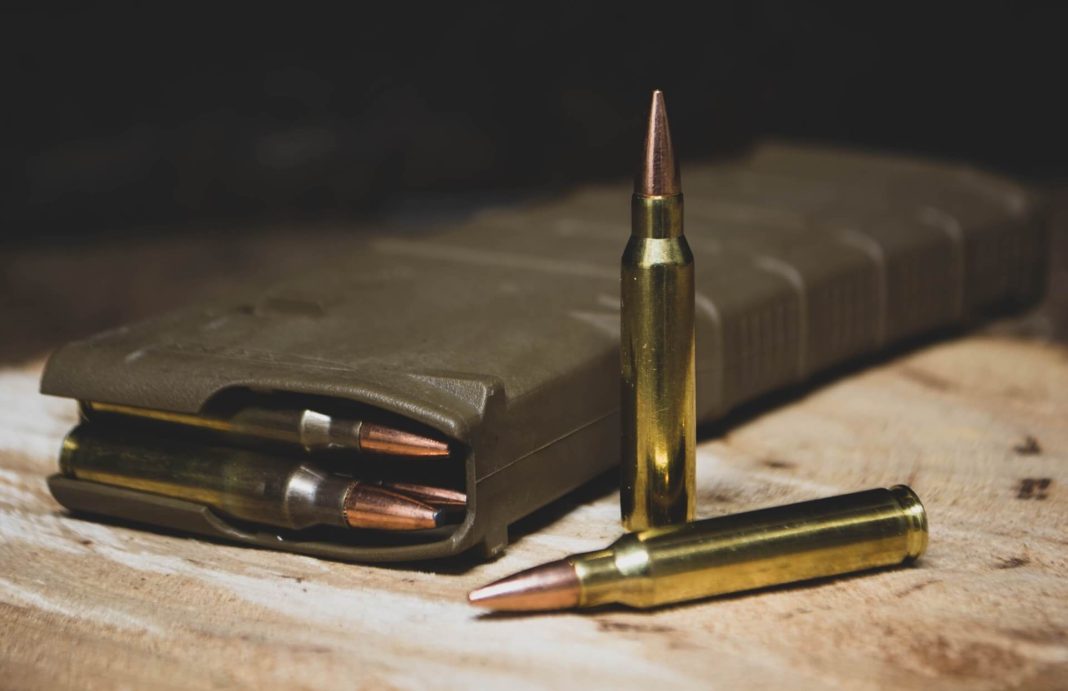 Title: Federal Judge Rules New Jersey’s AR-15 Ban Unconstitutional, Upholds Restrictions on Large-Capacity Magazines
Title: Federal Judge Rules New Jersey’s AR-15 Ban Unconstitutional, Upholds Restrictions on Large-Capacity Magazines
Historical Tradition of Gun Regulation Undermines AR-15 Ban
In a recent ruling, U.S. District Judge Peter G. Sheridan declared that New Jersey’s ban on the Colt AR-15 rifle is unconstitutional. While he refused to extend this determination to other prohibited firearms, he upheld the state’s restrictions on large-capacity magazines. Judge Sheridan based his decision on the Second Amendment and recent U.S. Supreme Court precedents, affirming that a categorical ban on a class of weapons commonly used for self-defense within the home is unlawful.
The Heller and Bruen Cases as Legal Precedents
Judge Sheridan referred to two significant Supreme Court cases in his ruling – Heller (2008) and Bruen (2022). The Heller decision affirmed that Americans have the right to own firearms in their homes for lawful self-defense, while Bruen established a history-and-tradition-based test for gun ownership. Judge Sheridan argued that New Jersey’s prohibition on AR-15s contradicts America’s historical tradition of gun regulation, as it aims to ban commonly used firearms for self-defense within the home.
Limitations of the Ruling
While the judge struck down the AR-15 ban, he did not extend his determination to other firearms on the restricted list. Judge Sheridan explained that his decision was based on the information provided about the AR-15 specifically, and other gun bans should be the subject of a separate lawsuit. This limited analysis highlights the need for further examination of each individual firearm’s nuances and characteristics.
Upholding the Ban on Large-Capacity Magazines
Contrary to the AR-15 ban, Judge Sheridan upheld New Jersey’s ban on large-capacity magazines (LCMs), which are defined as those capable of holding more than 10 rounds of ammunition. He argued that the LCM ban differs from the categorical ban on AR-15s because it does not restrict the number of magazines a person can own, only their capacity. The judge reasoned that the “unprecedented rapidity and damage of mass shootings” necessitate a nuanced approach to magazine restrictions, citing historical analogies such as regulations on Bowie knives.
Appeals and Future Implications
The plaintiffs in the case, Mark Cheeseman, Timothy Connelly, and the Firearms Policy Coalition (FPC), have already filed an appeal against the judge’s decision. FPC President Brandon Combs emphasized that bans on so-called “assault weapons” are both unconstitutional and immoral, vowing to continue fighting until such bans are eliminated throughout the United States. Conversely, New Jersey Attorney General Matthew Platkin plans to appeal the portion of the ruling that deems the AR-15 ban unconstitutional, while expressing support for the court’s upholding of the LCM ban.
The Impact of Magazine Capacity Restrictions
Restrictions on magazine capacity, ranging from 10 to 20 rounds of ammunition, are currently in effect in 14 states and the District of Columbia. Large-capacity detachable magazines have a direct military heritage, and Judge Sheridan’s ruling supports the notion that regulating their capacity is a valid safety measure. The judge likened this restriction to historical laws governing the carrying and use of Bowie knives. By upholding the LCM ban, the court aims to strike a balance between self-defense rights and public safety concerns.
Looking Ahead
The ruling by Judge Sheridan in the New Jersey AR-15 ban case has significant implications for gun regulation in the United States. While this decision specifically addresses the AR-15, it raises questions about the constitutionality of other firearms on the restricted list. The ongoing legal battle and appeals process will likely shape future discussions and actions surrounding gun laws. As the debate continues, it remains crucial to consider both historical traditions and contemporary safety concerns when crafting effective gun regulations.


